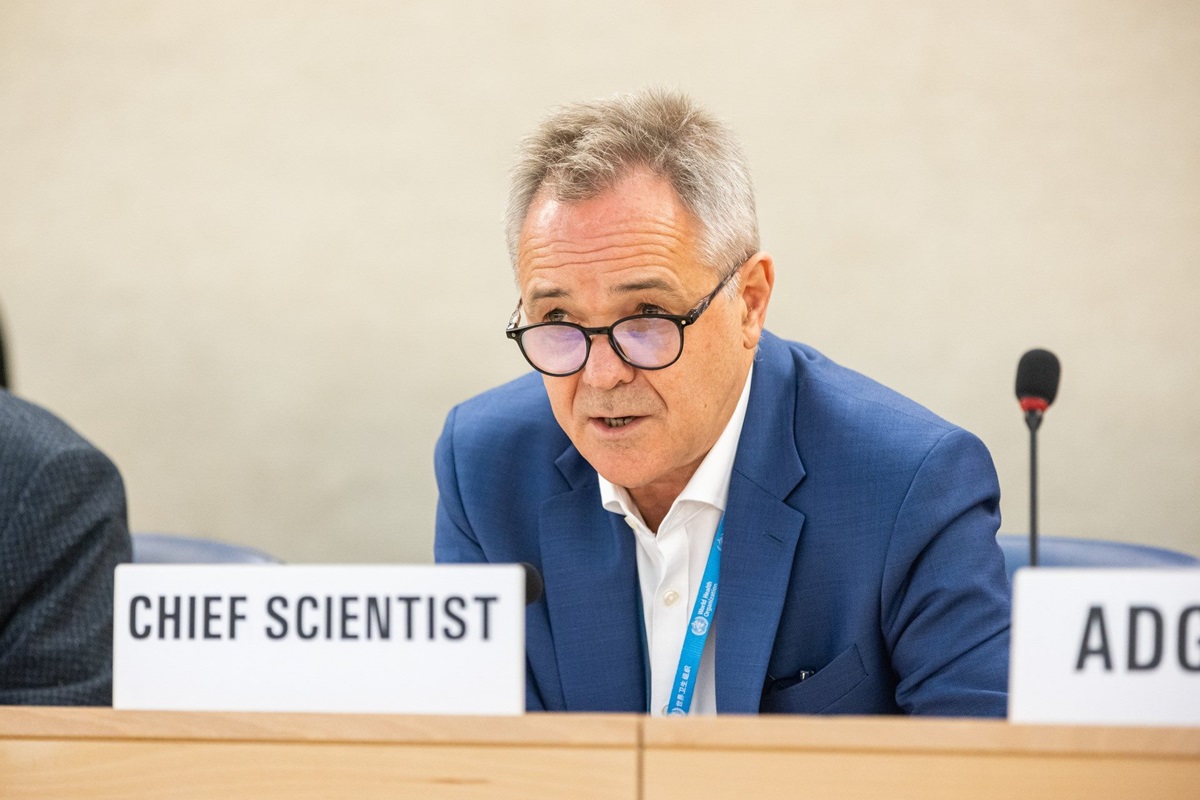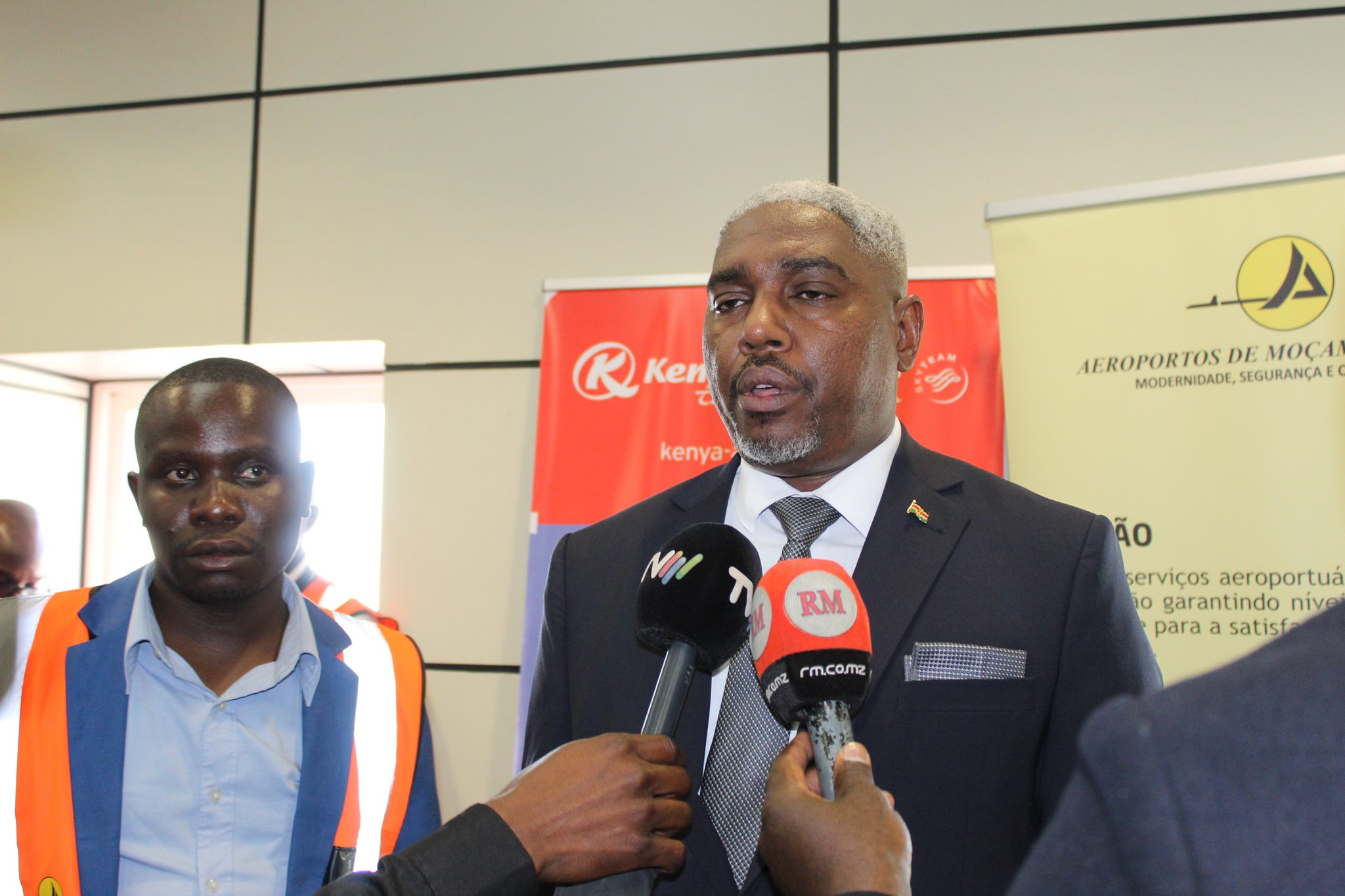New hope for mothers as WHO unveils life-saving guidelines to tackle postpartum haemorrhage deaths

Globally, postpartum haemorrhage is the leading cause of maternal mortality, contributing to approximately 25 per cent of all maternal deaths.
Despite proven interventions to prevent, diagnose, and treat postpartum haemorrhage (PPH), implementation has remained inconsistent and often delayed — costing tens of thousands of women their lives each year.
To address this, the World Health Organisation (WHO), together with the International Federation of Gynaecology and Obstetrics (FIGO) and the International Confederation of Midwives (ICM), has released landmark consolidated guidelines. These offer the first-ever unified, evidence-based framework focused solely on PPH — one of the leading causes of maternal mortality globally.
More To Read
- Vaccines and motherhood: Are AI-generated health messages working in Kenya and Nigeria?
- Ngaremara mothers rely on goat and cow blood to prevent postpartum haemorrhage
- Over 6,000 Kenyans join global run in Nairobi to raise awareness on maternal deaths
- Stakeholders sound alarm over funding shortfalls as Kenya celebrates World Contraceptive Day
- Scars, blood and silence: The human cost of childbirth in Kenya’s forgotten regions
- Kenya to introduce mandatory sickle cell screening during maternal, child health visits
"Postpartum haemorrhage is the most dangerous complication of childbirth because it can escalate rapidly. While it's not always predictable, deaths are preventable with timely, appropriate care," said Dr Jeremy Farrar, WHO Assistant Director-General for Health Promotion and Disease Prevention.
Globally, postpartum haemorrhage is the leading cause of maternal mortality, contributing to approximately 25 per cent of all maternal deaths. Each year, over 14 million women experience PPH, with nearly 70,000 deaths worldwide, most of which are preventable. The burden is disproportionately higher in low- and middle-income countries.
In Kenya, the situation is dire. On average, 10 women die every day due to PPH-related complications, and approximately 5,000 women lose their lives annually. For every woman who dies, many more suffer life-threatening complications or 'near misses', often facing long-term health issues such as organ failure, infertility, or psychological trauma.
These deaths are not inevitable. With early detection, prompt intervention, and clear clinical guidance, they can be prevented.
The new WHO guidelines introduce updated diagnostic criteria to allow for earlier detection and faster care. Historically, PPH was diagnosed only after a woman lost 500 millilitres of blood. Now, clinicians are urged to act when blood loss reaches 300 millilitres and vital signs show abnormality. Accurate measurement is supported by the use of calibrated drapes — simple, low-cost tools that help providers quantify blood loss immediately after birth.
Once PPH is diagnosed, the guidelines recommend immediate implementation of the MOTIVE care bundle. This includes uterine massage, administration of oxytocic drugs to stimulate contractions, use of tranexamic acid to reduce bleeding, intravenous fluid replacement, a full examination of the genital tract to locate trauma or retained tissue, and timely escalation of care if bleeding does not subside. In severe cases, surgical intervention or blood transfusion may be required.
"These guidelines promote a proactive approach of readiness, recognition, and rapid response," said Professor Anne Beatrice Kihara, President of FIGO. "They are designed to make a real-world impact — empowering health workers with clear, effective tools across diverse settings."
Preventive care is equally emphasised. Anaemia, a major risk factor for PPH, is highly prevalent in low-resource settings, including Kenya. The guidelines recommend daily oral iron and folate supplements during pregnancy and intravenous iron for women needing rapid correction or when oral therapy fails.
Dangerous and outdated practices — such as routine episiotomies — are discouraged. Instead, the guidelines promote safer alternatives like perineal massage during late pregnancy, which reduces the likelihood of birth-related trauma and bleeding. During the third stage of labour, providers should administer a uterotonic, preferably oxytocin or heat-stable carbetocin. Where injectable options are not available or cold storage is unreliable, misoprostol can be used as a last resort.
"Midwives know first-hand how quickly postpartum haemorrhage can escalate and cost lives," said Professor Jacqueline Dunkley-Bent OBE, Chief Midwife at ICM. "These guidelines are a game-changer. But to end preventable deaths from PPH, we need more than evidence and protocols. We call on governments, health systems, donors, and partners to step up, adopt these recommendations quickly, and invest in midwives and maternal care so postpartum haemorrhage becomes a tragedy of the past."
To ensure effective rollout, the guidelines are supported by practical implementation tools — including hands-on training modules for frontline workers, national-level adaptation guides, and simulation-based learning to enhance emergency response.
These tools are especially critical in countries like Kenya, where overstretched health systems, lack of equipment, and workforce shortages often lead to delayed or inadequate care.
PPH is typically defined as the loss of 500 millilitres or more of blood within 24 hours of birth, or 1,000 millilitres after cesarean delivery. It is further classified as minor (500–1,000 mL), major (over 1,000 mL), and severe (more than 2,000 mL). Secondary PPH occurs between 24 hours and 12 weeks postpartum.
Its causes are grouped under the "Four Ts":
Tone: Poor uterine contraction (uterine atony) — the most common cause
Tissue: Retained placenta or blood clots
Trauma: Genital tract injuries, uterine rupture, or inversion
Thrombin: Clotting disorders, whether inherited or pregnancy-induced
Risk factors include multiple pregnancies, macrosomia, prolonged labour, retained placenta, prior PPH, preeclampsia, and use of general anaesthesia. Pregnant women at high risk should be advised to deliver in facilities equipped for emergency care, including blood transfusion services.
The consolidated guidelines — launched at the 2025 FIGO World Congress in Cape Town, South Africa — represent a critical step toward implementing the Global Roadmap to Combat Postpartum Haemorrhage (2023–2030). They contain 51 evidence-based recommendations that bring together the latest science and clinical best practice.
Top Stories Today










































